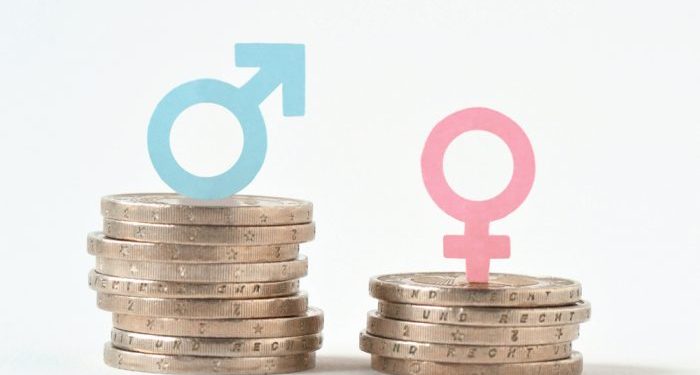Employers need to deliver gender-specific health and wellbeing plans to address absenteeism in the workplace according to new research from rehabilitation specialists HCML.
The company’s corporate health and wellbeing report found that almost a third (29 per cent) of female workers wanted specific menopause support their employer, while one in four (40 per cent) of men wanted help to improve their productivity.
There was also a signficant split along gender lines on issues like nutrition, health and exercise, with 34 per cent of women wanting help and support with weight issues compared to just 26 per cent of men.
HCML said the report highlights the need for gender data to be observed alongside and in conjunction with age data when it comes to managing workplace absence.
The report looked at how gender contributes to differing health and wellbeing needs in the workplace, and how employers that cater for these differences impacts the likelihood of employees staying in their roles and company.
It says this has financial consequences for businesses. According to the report, workplace absence costs an average of £568 per employee, a figure that is likely to have increased as absence days have risen from 5.8 per employee, per year in 2019, to 7.8 in 2023.
HCML strategic development director Pamela Gellatly says: “Recent data collected found that age drivers greatly impact workplace absence. Our report found that focusing solely on age factors without considering gender drivers within the workplace will not allow for a broad overview of the problems that businesses are facing.
“All employers must consider the differing needs of the whole workforce and our report has highlighted that gender drives the different types of support needed to mitigate workplace absence.”
She adds: “For example, 44 per cent of women say they are more likely to stay in a job that offers health and wellbeing benefits such as nutrition and managing the menopause.”
The report found that over half of employees currently look after their health and wellbeing to help improve their mood and overall mental health, and this is more of a focus for women (56 per cent) than men (49 per cent).
Gellatly adds, “We know from recent research that 18-24 year olds experience more mental ill health than other age groups, and that young women are more likely to experience common mental health disorders than men. It’s encouraging to see from our research that young women are interested in proactively looking after their health and wellbeing, as mental health can be more effectively managed through activity and good nutrition.”
The HCML Corporate Health and Wellbeing report found that men and women want different things from their employers when it comes to their health.The data gathered also suggests inconsistencies in what employers think are the best solutions to safeguard employee health and wellbeing and what employees feel would help support them.
For example, less than a third of employers offer some kind of nutritional support for their employers, despite nearly half of employees saying this is an important factor for them to look after their health and wellbeing.
Gellatly adds: “While workplace support has generally improved for female focused heath concerns such as the menopause, there is little support for the health conditions that men face with ageing. For example, falling testosterone levels as men age can lead to low mood, poor concentration and short-term memory amongst other symptoms, which can impact on absence and presenteeism. These symptoms can be alleviated through nutrition support and strength and conditioning, enabling men to take control of improving their health.”
The post Employers should focus on gender-specific health needs appeared first on Corporate Adviser.



